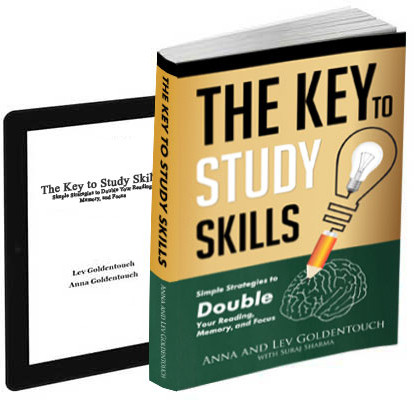We live in an age of information abundance—and information fatigue. With thousands of books claiming to boost intelligence, productivity, or “re-wire” your brain, it’s hard to know what’s actually worth your time. This guide cuts through the noise by curating books that deliver real mental returns across disciplines—from mathematics and physics to strategy, technology, and …
Continue reading “Books to Make You Smarter: A Curated Guide for the Modern Learner”











